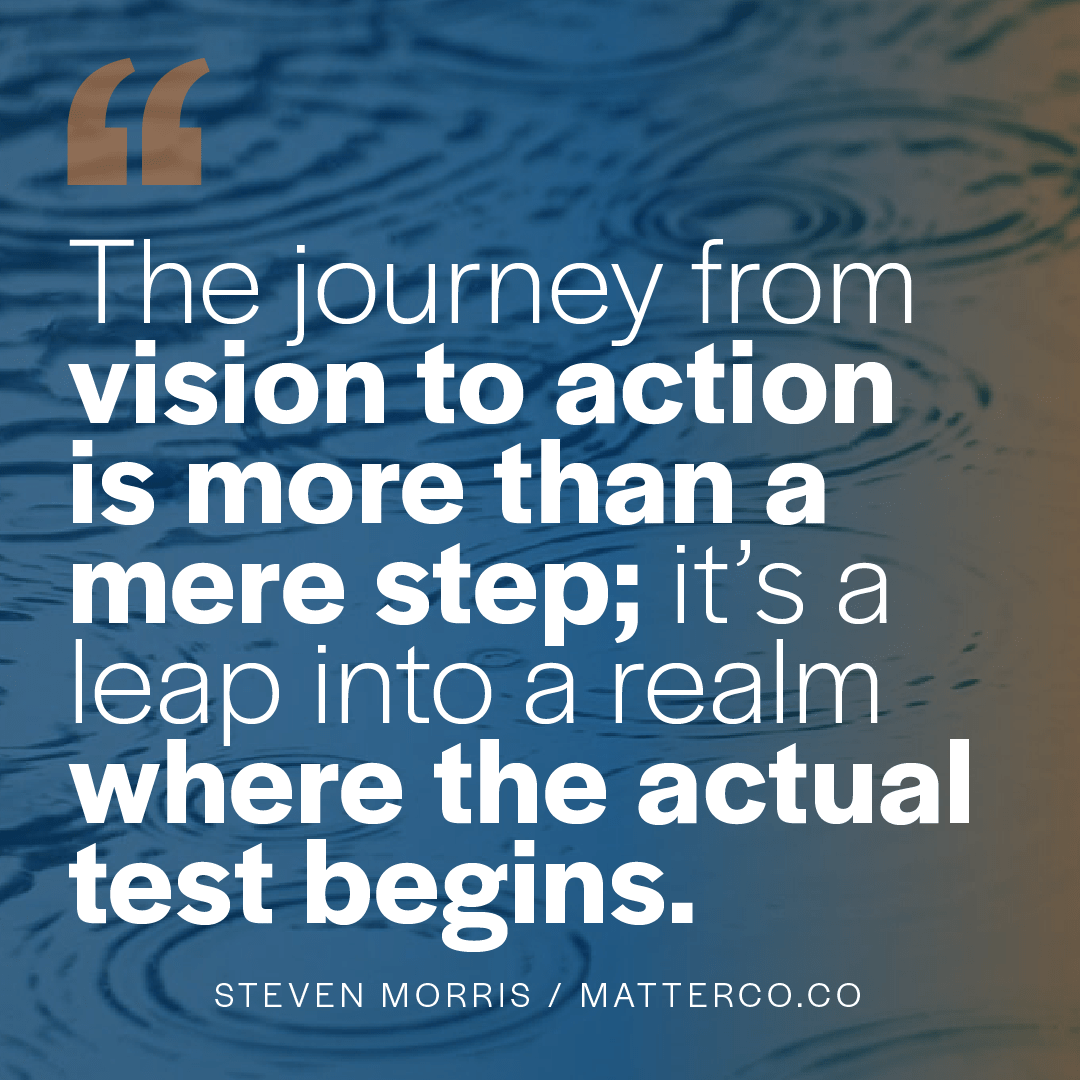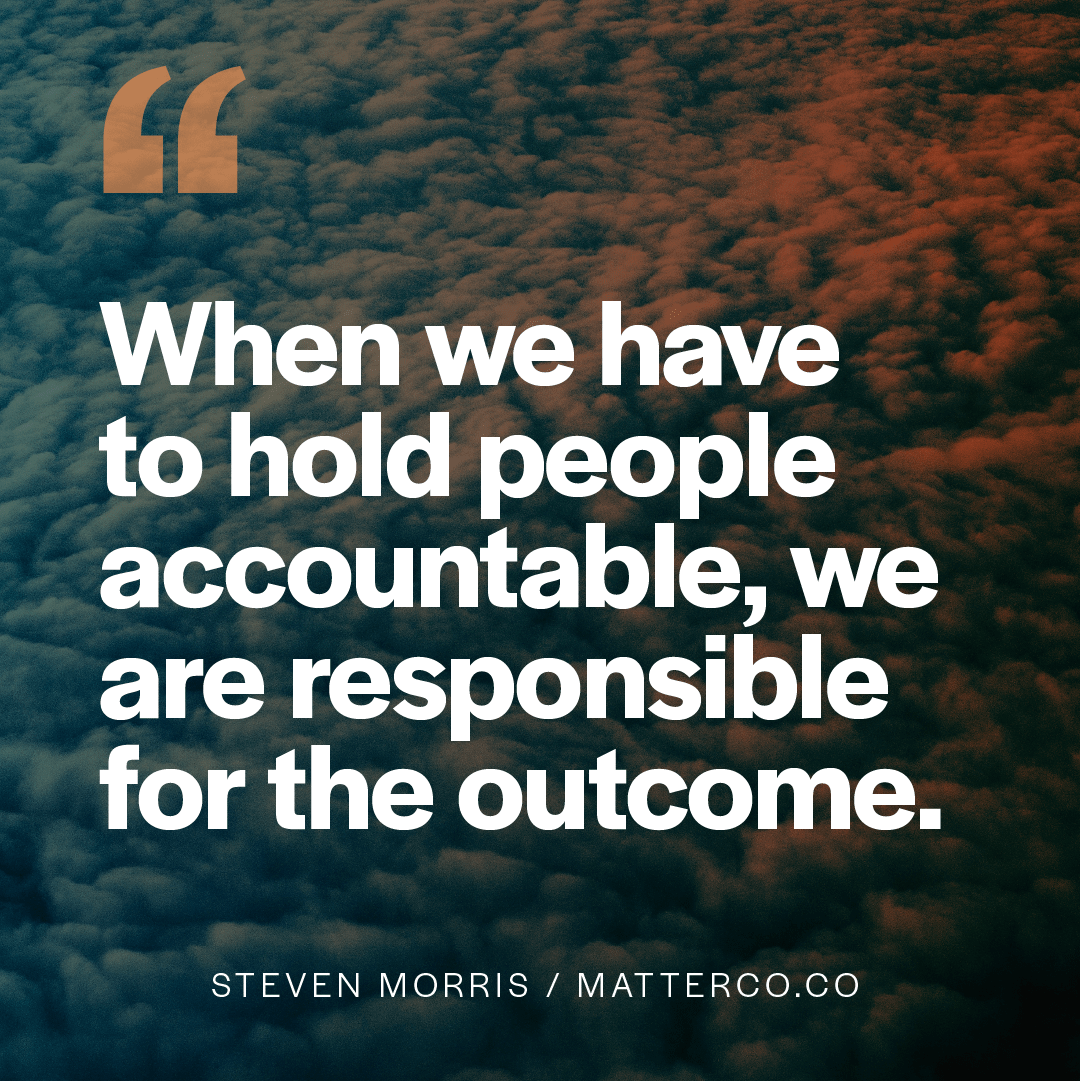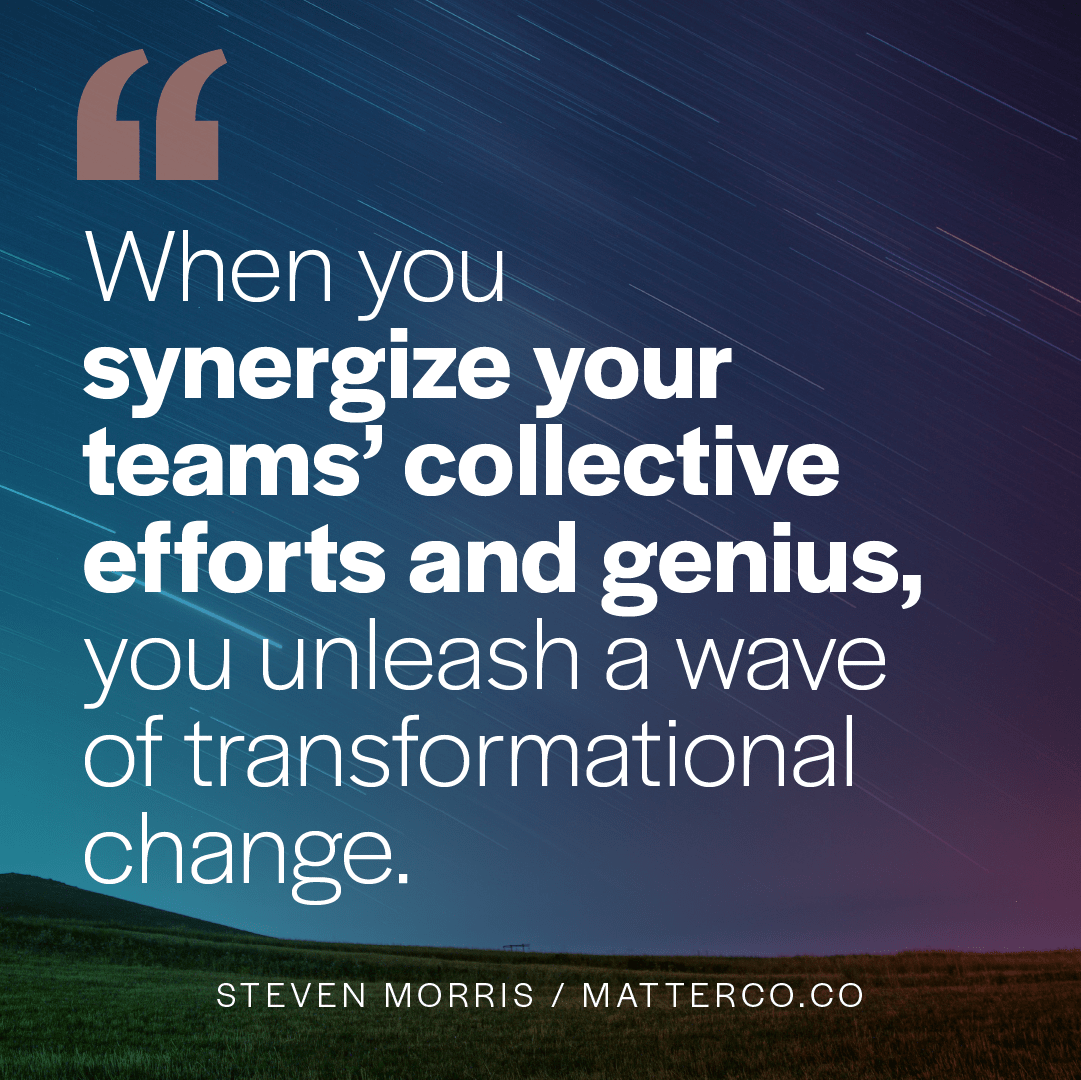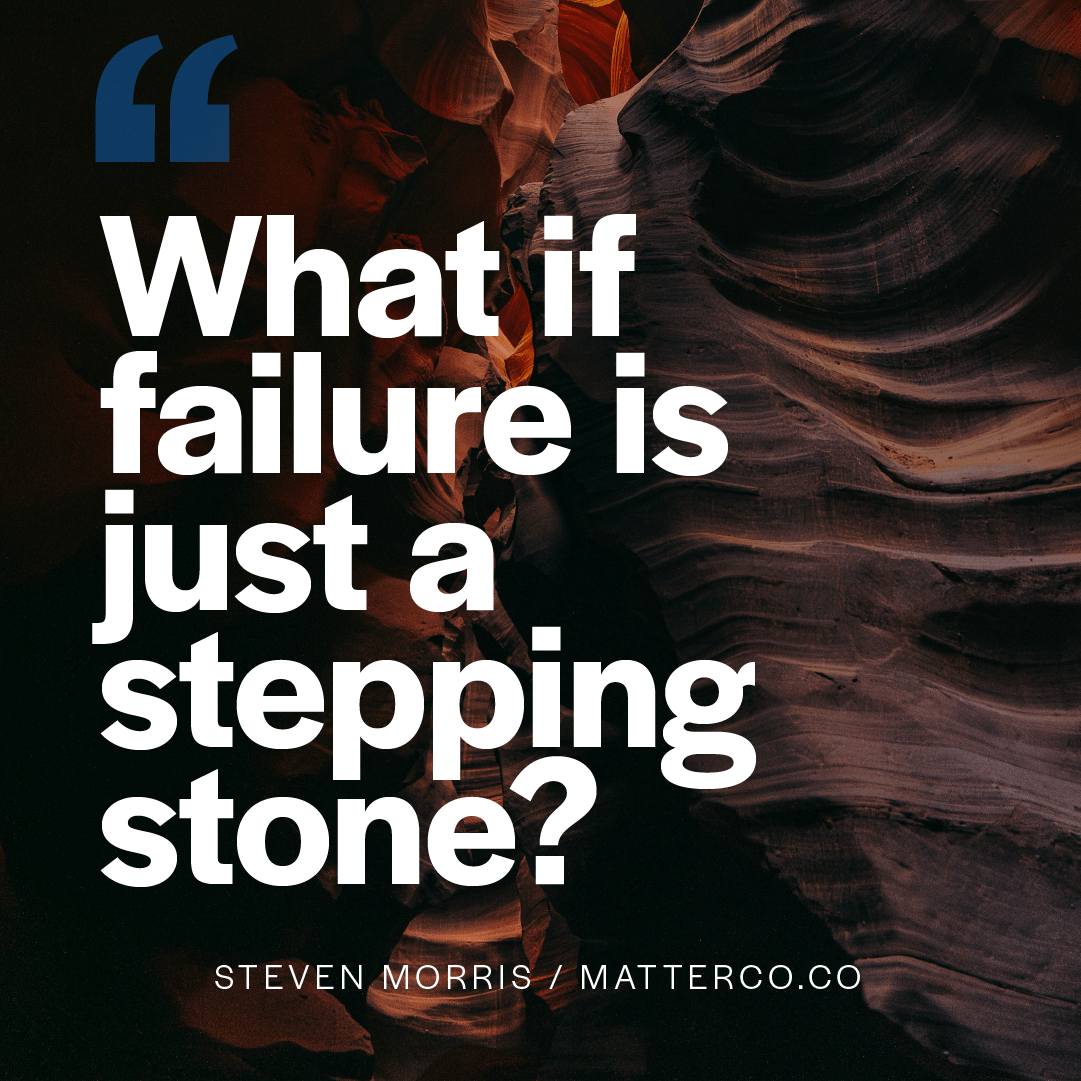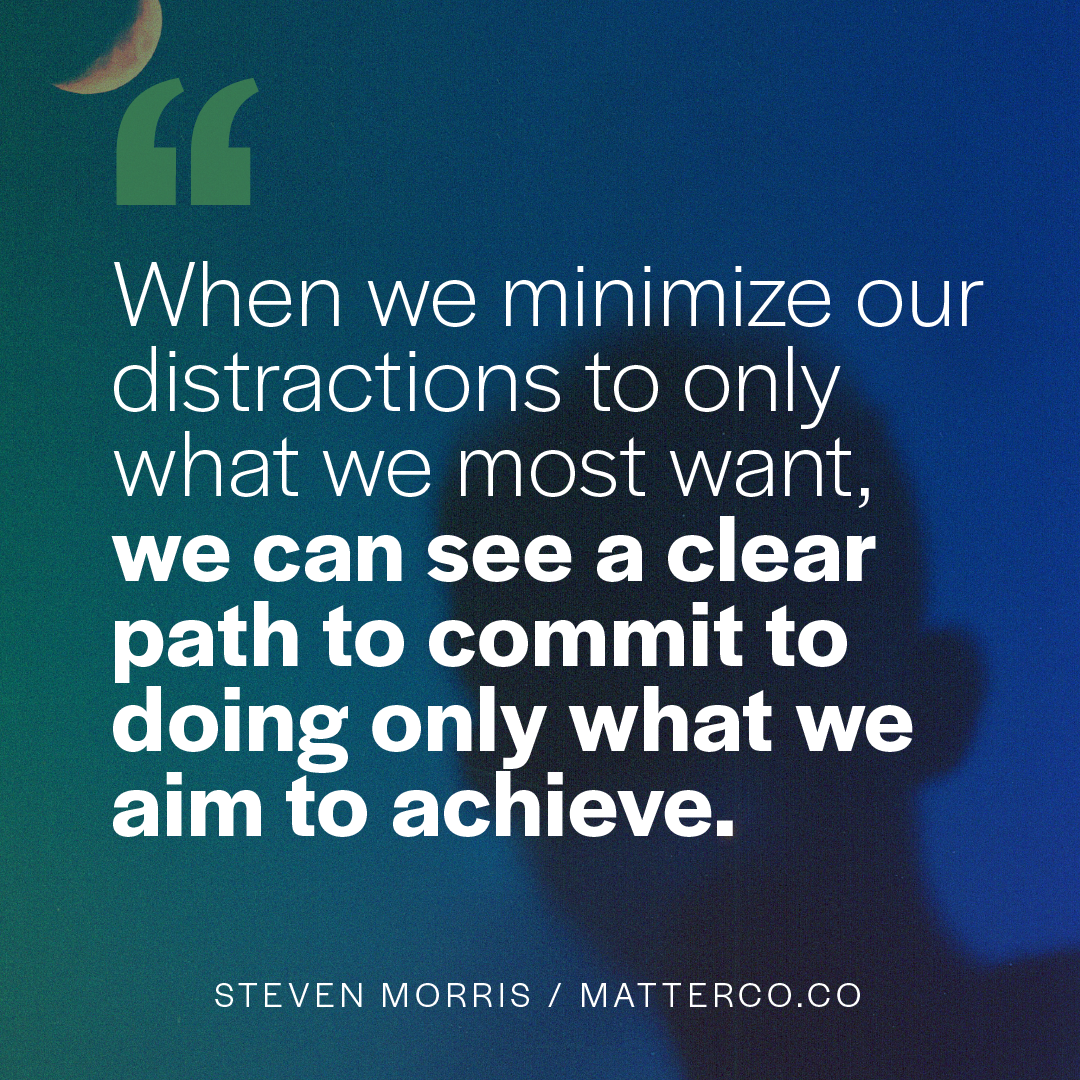
Simplification of Facilitation
The art of facilitation is one I’ve practiced over decades, helping folks wade through the muddiness of complex conversations, strategy sessions, creative innovation, and tough decisions.
While working in Paris last week a colleague posed a question that got me thinking. She asked, “Steven, do you know where the word ‘facilitate’ comes from?”
I didn’t have a clue. So, she graciously enlightened me. She said, “It’s rooted in the French and Italian word ‘facile,’ both of which trace their origins back to the Latin ‘facilis,’ which essentially means to make easy.’”
Excellent facilitation is all about making things clear, simple, and easy.
But here’s the kicker: relentless simplification is a core design principle in every facilitative structure I’ve used.
And upon reflection, I’ve come to realize that every conversation I facilitate follows a sequence of simplification, more or less in this order:
Simplify Outcomes: In the immortal wisdom of the Yankee philosopher Yogi Berra, “Careful if you don’t know where you’re going because you might not get there.” To design facilitation, start at the end and work your way backward. The art lies in distilling a desired future-state to its most essential elements.
Simplify Distinctions: Complexity often distills down to a handful of contrasting attributes that demand choice and agreement. Do we go faster or slower, bigger or smaller, client-centric or company-centric, commercial or human, tight or lose control? The art here is discerning which distinctions truly matter to us and our intended outcomes.
Simplify Distractions: To choose this or that, we need to minimize the choice inputs to clarify what we want to achieve. Getting distracted by the latest tools, technology, trends, or studies is relatively easy. When we minimize our distractions to only what we most want, we can see a clear path to choose and commit to doing only what we aim to achieve.
Simplify Variability: Opinions and experiences are a diverse bunch. We don’t always need or want consensus. And cooperation is nearly always a better option than compromise, but we do need a way to identify majority opinion and garner buy-in. The art here involves managing those dissenting voices and ensuring that where we land meets our ultimate objectives.
To create alignment, I take one of two paths. First, I often employ an ‘inclusive democracy’ approach, asking, “What would it take for you to align with the majority view?”
Or, if the circumstances are ripe, I ask, “What’s the most courageous approach that we could take to get us the outcomes we want, and are we, as a team, willing to take it?”
Here’s the paradox: facilitating may be about creating ease, but it’s far from a cakewalk. It demands considerable design thinking to shape the facilitation vessel – crafting the right questions and charting the course through objectives, distinctions, and variations.
Now, to you:
How can you, in your respective organizations, become masters of facilitation? How can you shepherd conversations that pare down complex concepts and decisions to their most elemental forms, making them easier for all to grasp?
If you found this topic interesting or valuable, here are some related articles for you.
If you want a more trusting team, a culture of belonging or a magnetic brand that attracts more of the right customers, I can help. If you'd like to explore if working together makes sense, drop me a line.




